Starting to dance can feel overwhelming. With so many moves and styles, it’s easy to get stuck. You might worry about looking awkward or not keeping up. These fears can stop you from enjoying the joy of dance. But don’t let them hold you back!
Imagine feeling confident on the dance floor. Picture yourself moving smoothly and having fun. It’s all possible with the right steps. You just need a clear guide to help you get started and learn basic dance moves to build your skills.
This blog shares easy steps to master dance basics. From simple moves to smooth transitions, you’ll learn everything you need to know. Whether you’re dancing at home or in a class, these tips will set you up for success. Let’s get moving and make your dance journey unforgettable!
Table of Contents
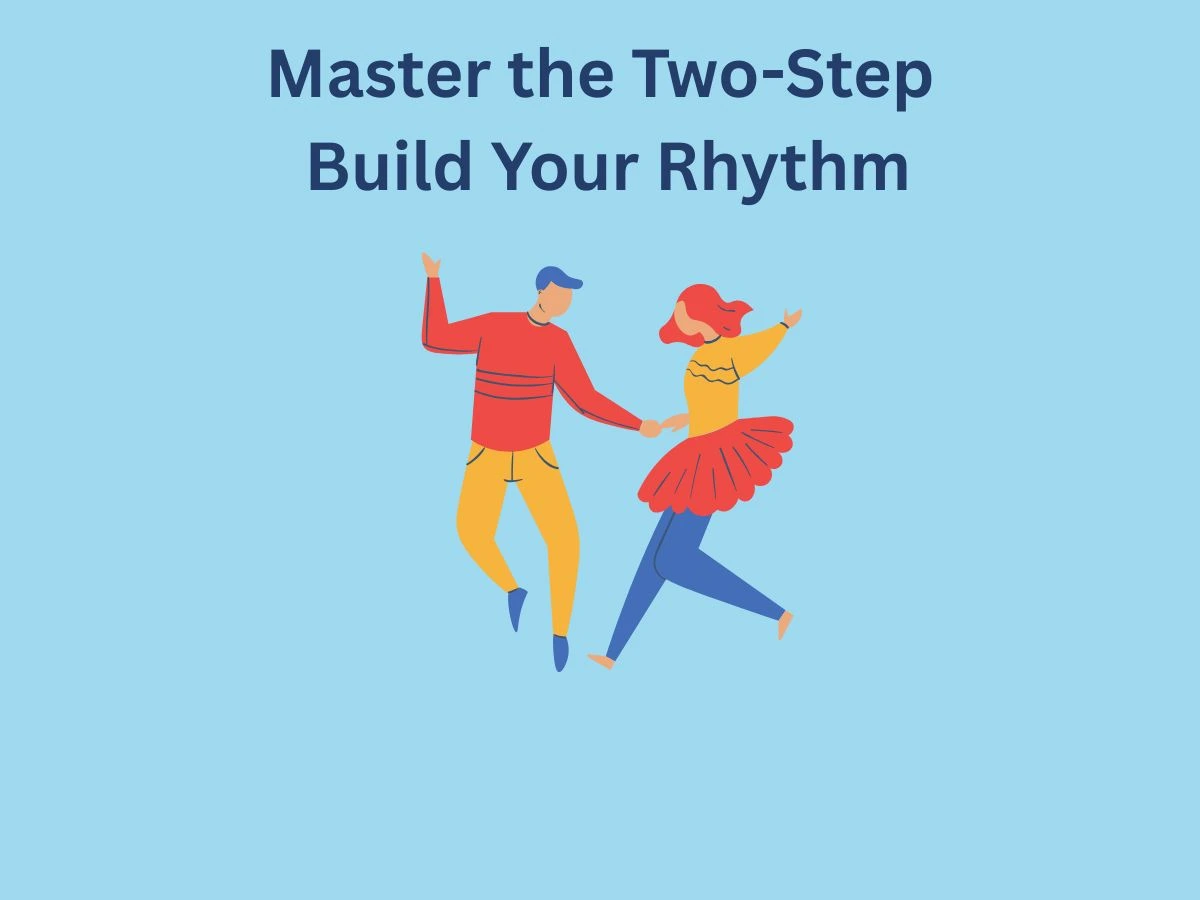
Start with the Two-Step: Build Your Rhythm
The two-step is a great way to get started with dancing. It’s simple and helps you build a strong sense of rhythm. The basic steps are quick, quick, slow, slow. This pattern repeats as you move smoothly across the floor. It’s important to keep your movements even and controlled to stay in sync with the music. The two-step is versatile and can be used in many dance styles, making it a perfect starting point for beginners.
When practicing the two-step, focus on your posture and connection with your partner. Hold your partner’s hand lightly and keep your arms relaxed. This will help you move together more smoothly. As you get comfortable, try adding small turns or changes in direction to make the dance more dynamic. The two-step is all about rhythm and flow, so let the music guide your movements.
The two-step is also a great way to improve your coordination and timing. It’s a foundational move that can be built upon as you learn more complex steps. Whether you’re dancing in a class or at a social event, the two-step is a fun and easy way to get started. It’s a move that’s both simple and effective, making it a great choice for beginners.
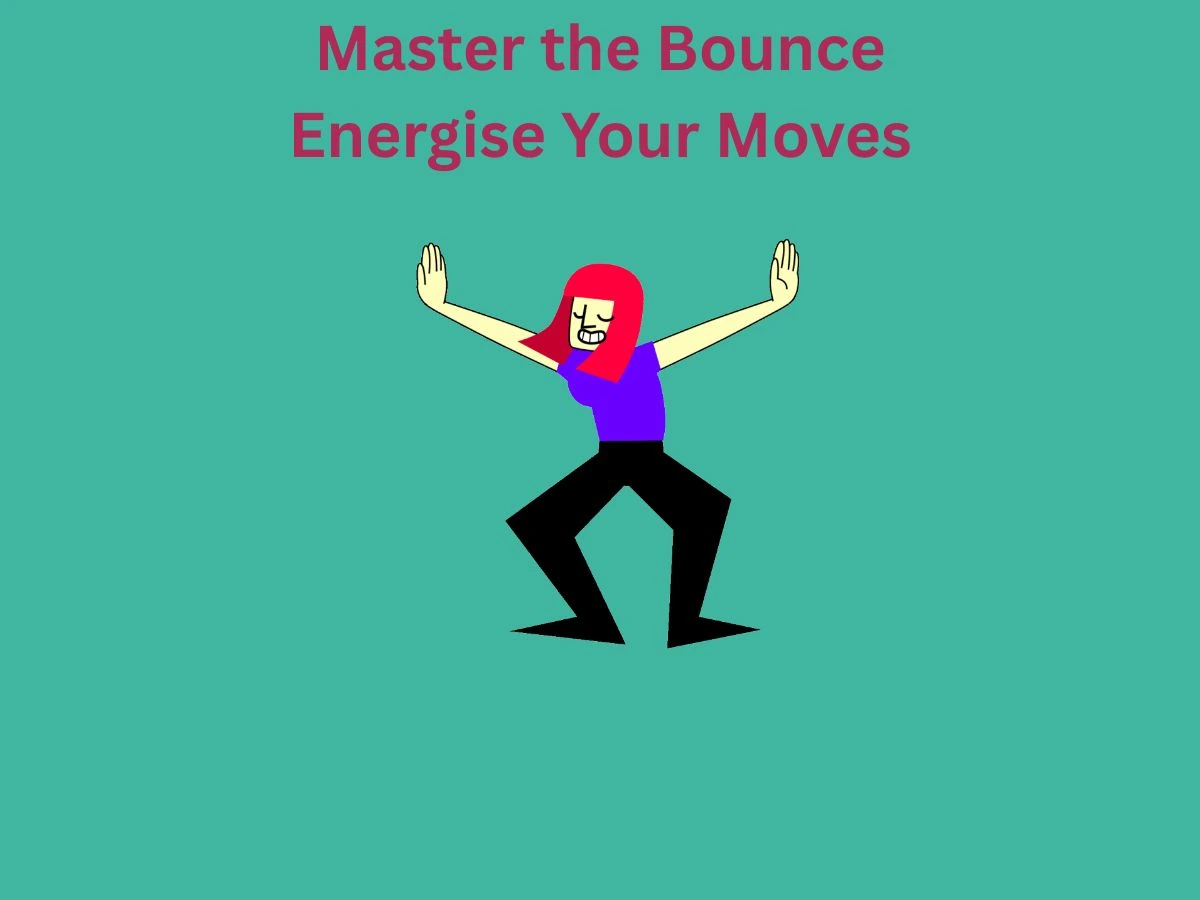
Master the Bounce: Add Energy to Your Moves
The bounce is a key move in many dance styles, especially hip-hop. It’s all about using your knees to create a rhythmic up-and-down motion. Start by bending your knees slightly and then straightening them to create a bounce. This move helps you connect with the beat and adds energy to your dance. It’s simple to learn but can make a big difference in your overall style.
Once you’ve mastered the basic bounce, try adding your arms and head to the movement. Let your arms swing naturally with the rhythm, and add a slight nod of your head to enhance the groove. The bounce is a versatile move that can be used in many different ways, from warming up to adding flair to your routine. It’s a great way to loosen up and get into the flow of the music.
Practicing the bounce also helps improve your rhythm and coordination. It’s a move that requires you to stay in sync with the beat, making it a useful exercise for dancers of all levels. Whether you’re dancing alone or with a group, the bounce adds a fun and energetic element to your moves. It’s a simple yet effective way to enhance your dance skills.
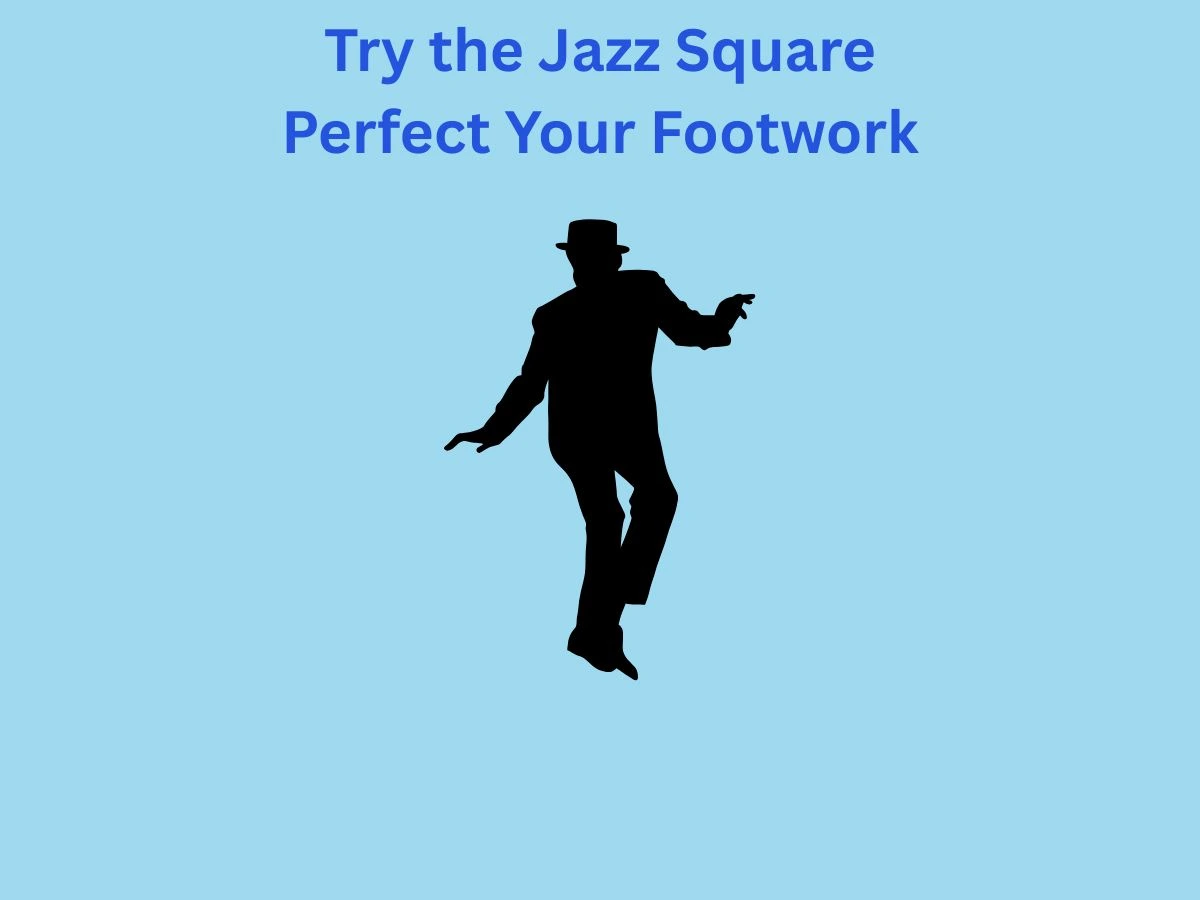
Try the Jazz Square: Perfect Your Footwork
The jazz square is a classic move that’s perfect for improving your footwork. It involves stepping forward, crossing over, stepping back, and then stepping to the side to create a square pattern. This move helps you develop coordination and rhythm, making it a great addition to any dance routine. Start by practicing the steps slowly, focusing on precision and control.
Once you’re comfortable with the basic steps, try adding arm movements to enhance the move. Bring your arms in with elbows up, then drop them to your sides, push them up in the air, and open them to the sides. This combination of footwork and arm movements adds flair and makes the jazz square more dynamic. It’s a versatile move that can be used in many dance styles.
Mastering the jazz square also helps you build confidence on the dance floor. It’s a foundational step that can be adapted to suit your personal style. Whether you’re dancing in a class or at a social event, the jazz square is a move that’s both fun and functional. It’s a great way to improve your skills and add variety to your dance routine.
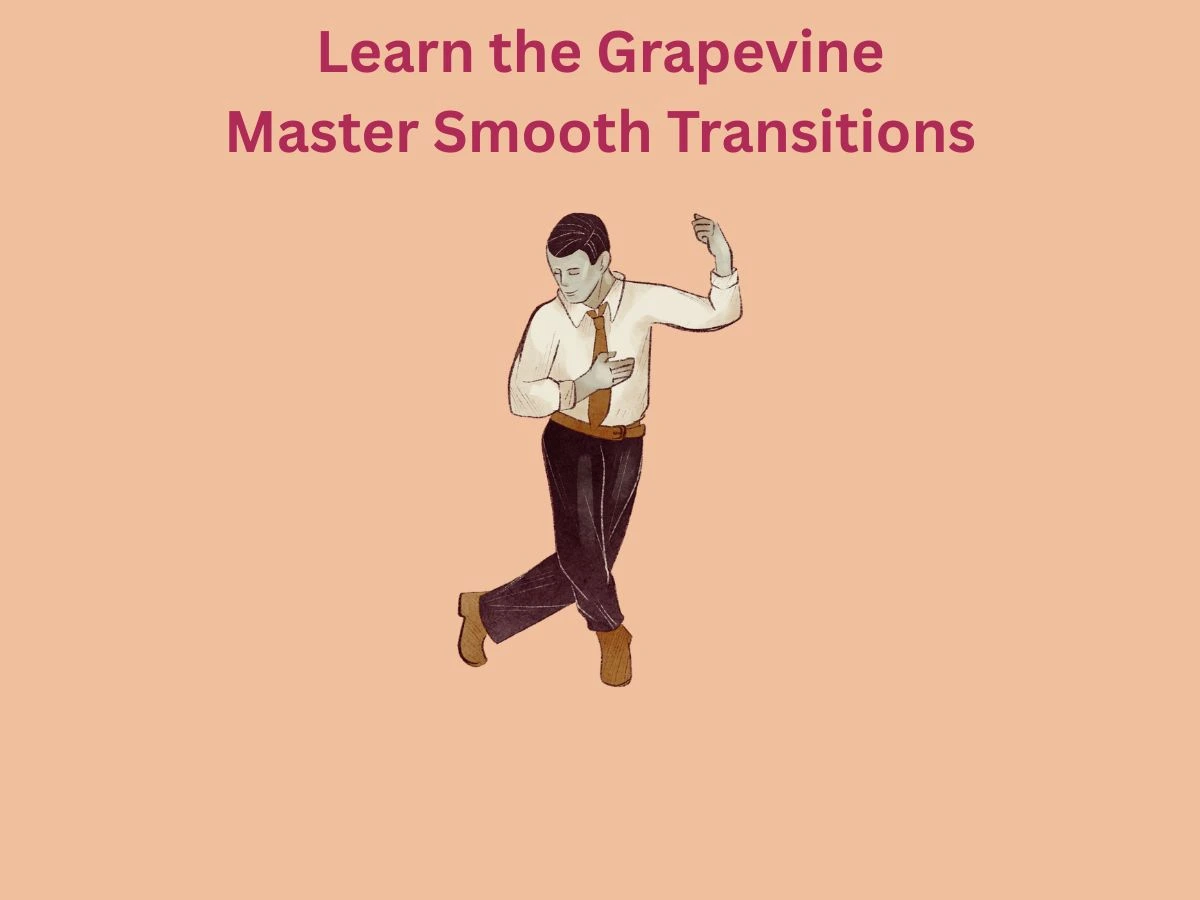
Learn the Grapevine: Master Smooth Transitions
The grapevine is a versatile move that’s perfect for mastering smooth transitions. It involves stepping to the side, crossing behind, stepping to the side again, and tapping your foot. This move is great for improving your coordination and adding variety to your dance routine. Start by practicing the steps slowly, focusing on keeping your movements fluid and controlled.
Once you’re comfortable with the basic steps, try adding your own groove to the move. Experiment with different arm movements and body positions to make the grapevine your own. This move is all about flow and rhythm, so let the music guide you. The grapevine is a great way to transition between other steps and keep your dance routine dynamic.
Practicing the grapevine also helps you build confidence on the dance floor. It’s a move that’s used in many dance styles, from line dancing to hip-hop. Whether you’re dancing in a class or at a social event, the grapevine is a move that’s both fun and functional. It’s a great way to improve your skills and add variety to your dance routine.
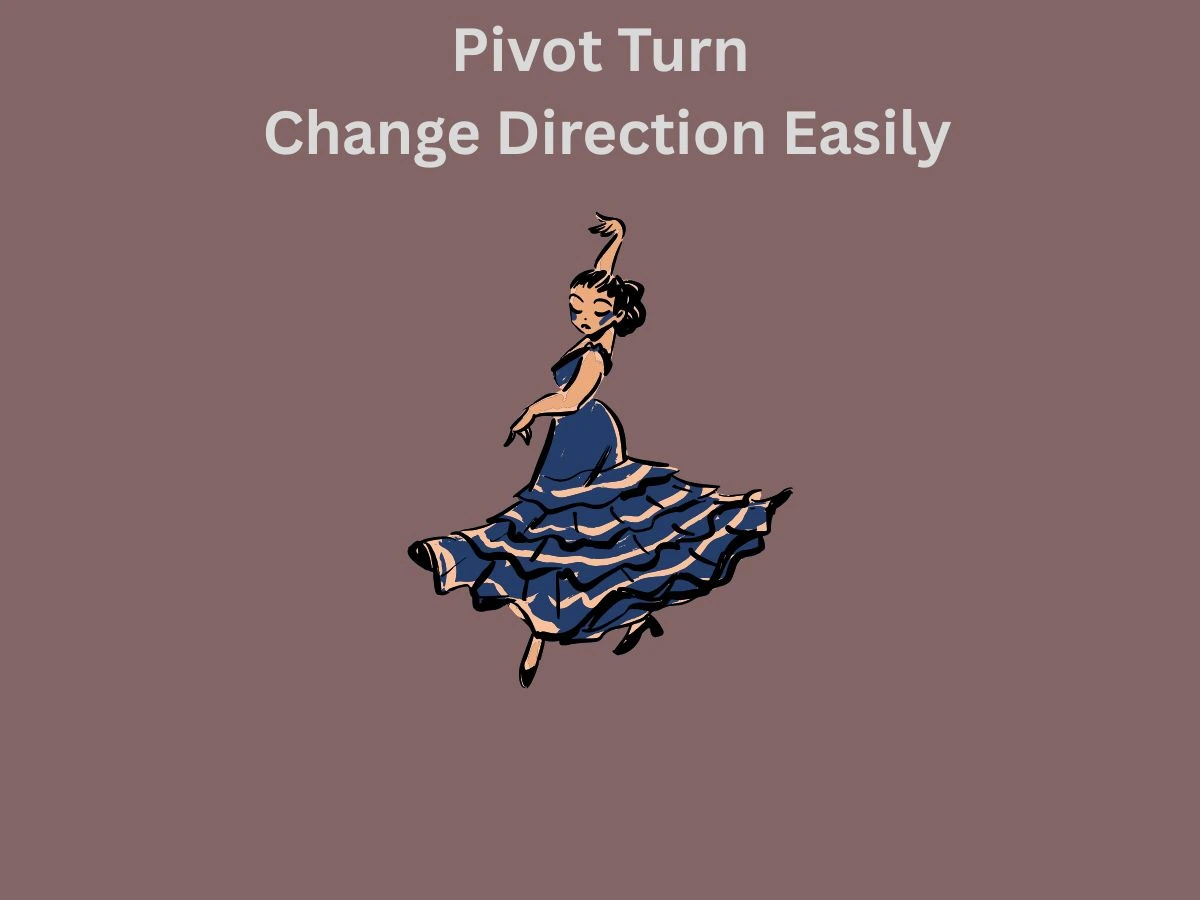
Add the Pivot Turn: Change Direction with Ease
The pivot turn is a smooth and stylish move that helps you change direction effortlessly. Start by stepping forward with one foot and then pivot on the balls of your feet to turn 180 degrees. Keep your movements controlled and precise to maintain balance. The pivot turn is a great way to add flair to your dance routine and transition smoothly between steps.
Once you’re comfortable with the basic pivot turn, try adding arm movements to enhance the move. Extend your arms out to the side or bring them up for a more dramatic effect. The pivot turn is all about control and precision, so take your time to get it right. It’s a move that can be combined with other steps to create interesting combinations.
The pivot turn is also a great way to improve your balance and posture. It requires focus and stability, making it a useful exercise for dancers of all levels. Whether you’re performing on stage or just dancing for fun, the pivot turn adds a touch of sophistication to your moves. It’s a simple yet effective way to elevate your dance game.
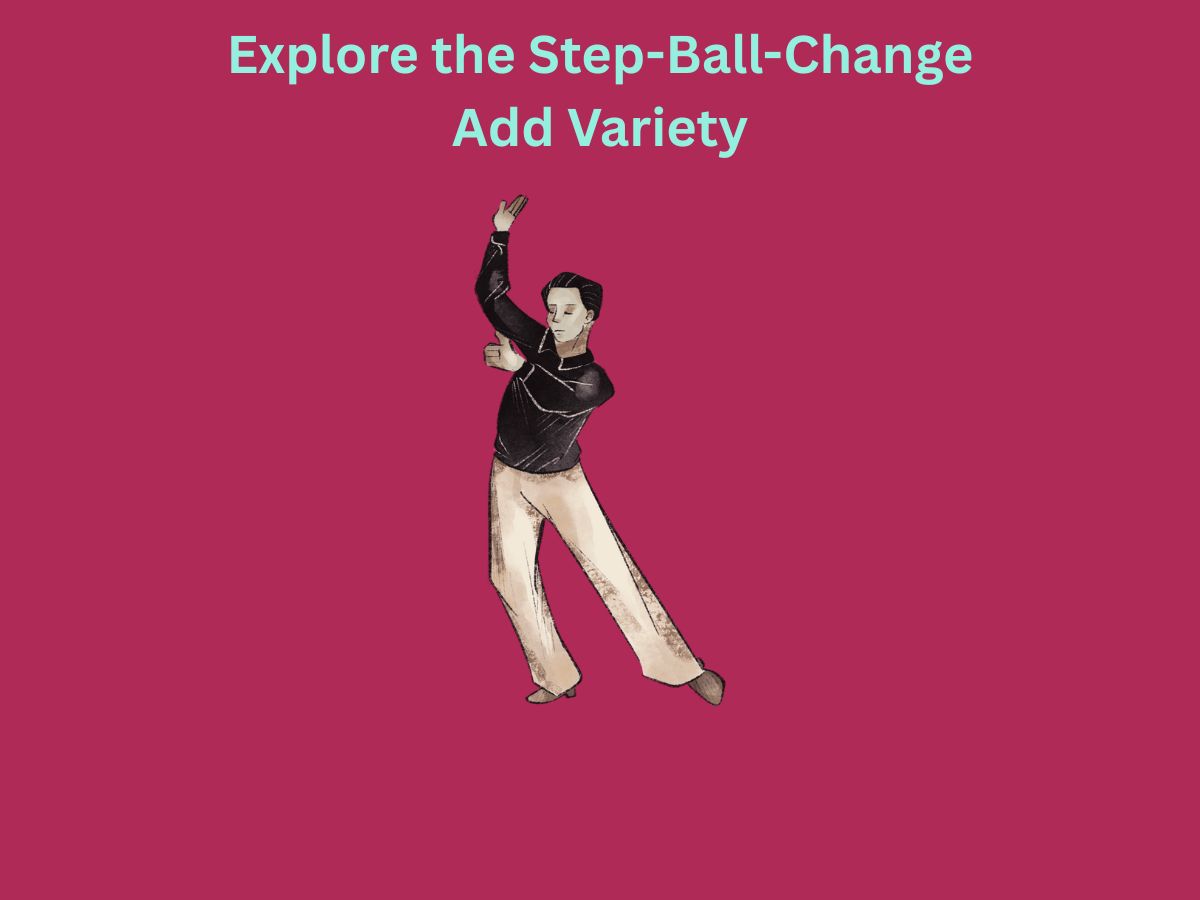
Explore the Step-Ball-Change: Add Variety
The step-ball-change is a versatile move that adds rhythm and variety to your dance routine. It’s simple to learn and can be used in many dance styles, from jazz to hip-hop. To start, step on one foot, shift your weight to the ball of the other foot, and then quickly change back to the first foot. This move is great for transitioning between steps or adding a quick burst of energy to your dance.
Once you’ve mastered the basic step-ball-change, try adding your own style. Experiment with different arm movements or foot placements to make the move your own. You can also speed it up or slow it down to match the tempo of the music. The step-ball-change is a great way to keep your dance routine dynamic and interesting.
Practicing the step-ball-change also helps improve your coordination and rhythm. It’s a move that requires quick weight shifts and precise footwork, making it a useful exercise for dancers of all levels. Whether you’re dancing in a class or at a social event, the step-ball-change is a fun and functional move that adds variety to your dance.
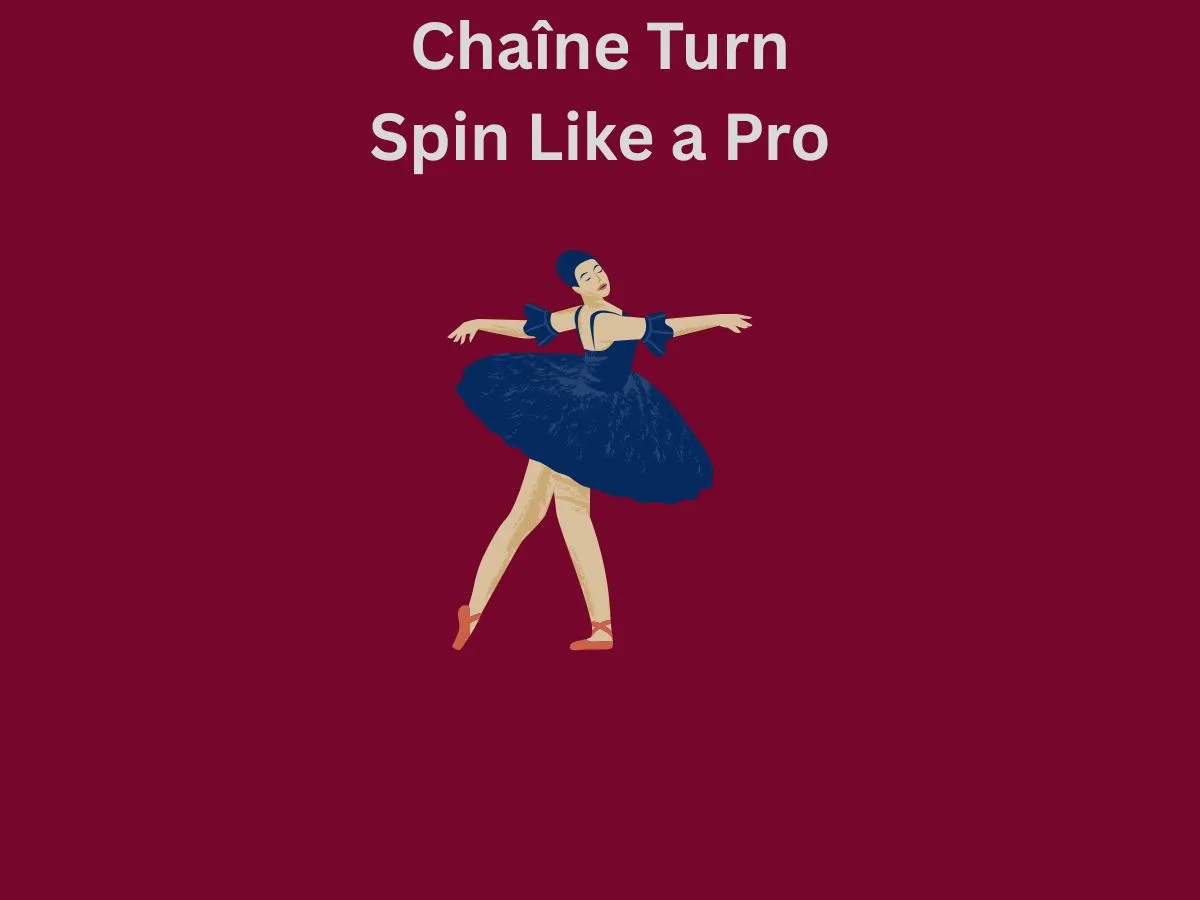
Practice the Chaîne Turn: Spin Like a Pro
The chaîne turn is a classic move that adds elegance and fluidity to your dance routine. It involves a series of quick, connected turns that create a “chain” of movement. Start by standing in first position and pivot on the balls of your feet to turn 180 degrees. Keep your movements smooth and controlled to maintain balance and flow. The chaîne turn is a great way to add speed and snap to your dance, especially in faster styles like salsa or cha-cha.
Once you’ve mastered the basic chaîne turn, try adding arm movements to enhance the move. Extend your arms out to the side or bring them in for a more dramatic effect. The chaîne turn is all about control and precision, so take your time to get it right. It’s a move that can be combined with other steps to create interesting combinations. Practicing spotting—focusing on a fixed point as you turn—helps prevent dizziness and keeps your turns sharp.
The chaîne turn is also a great way to improve your balance and coordination. It requires focus and stability, making it a useful exercise for dancers of all levels. Whether you’re performing on stage or just dancing for fun, the chaîne turn adds a touch of elegance to your moves. It’s a simple yet effective way to elevate your dance game.
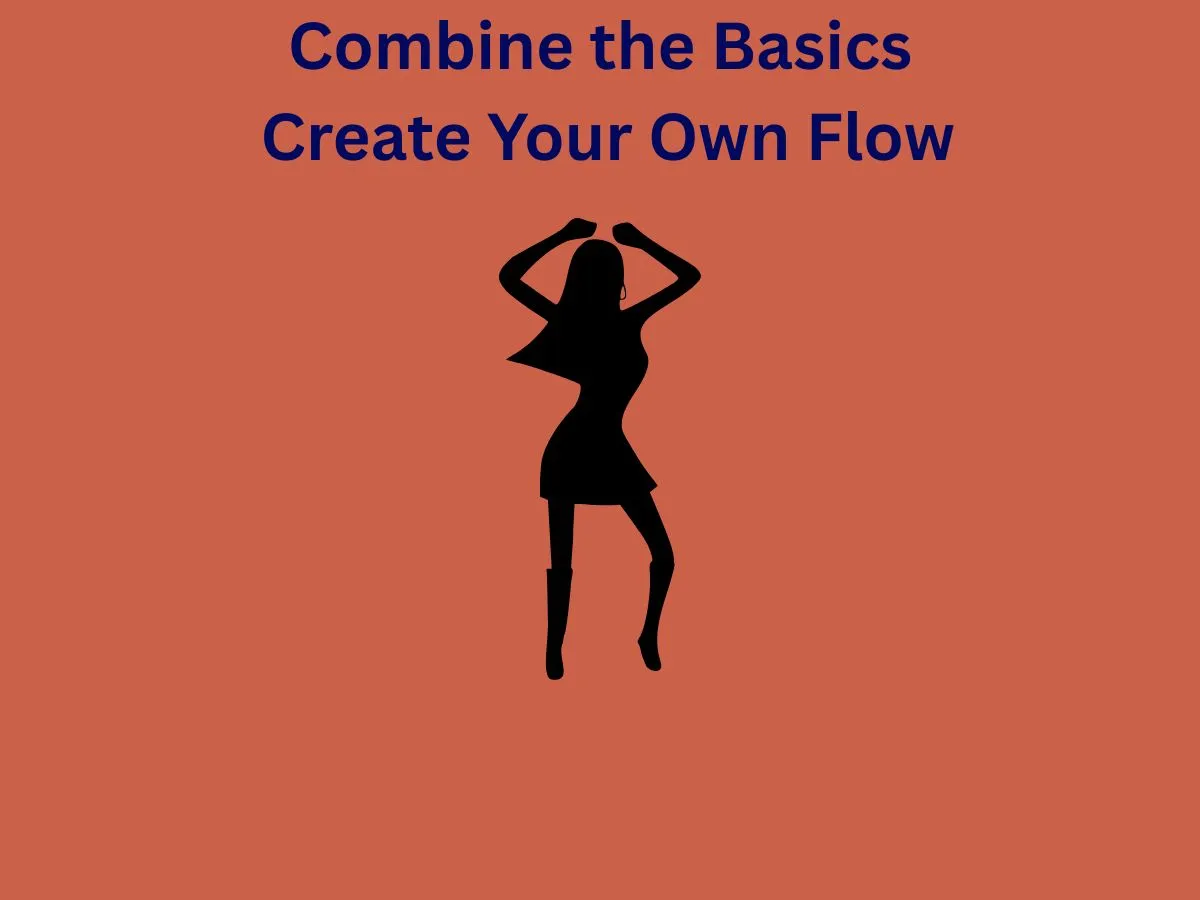
Combine the Basics: Create Your Own Flow
Once you’ve mastered the foundational steps, it’s time to combine them to create your own unique dance flow. Start by linking simple moves like the bounce, lean, and basic steps. Experiment with different sequences to see what feels natural. The key is to keep your movements smooth and connected, letting the music guide you. This approach helps you build confidence and develop your personal style.
Adding transitions between steps can make your dance more dynamic. For example, try moving from a bounce into a lean, or from a basic step into a turn. These small changes add variety and keep your routine interesting. Don’t be afraid to improvise and try new combinations. The more you practice, the more comfortable you’ll become with creating your own flow.
Creating your own flow is also a great way to express yourself. It allows you to showcase your personality and creativity through movement. Whether you’re dancing alone or with others, combining the basics helps you stand out and enjoy the process. It’s all about having fun and letting the music inspire you.
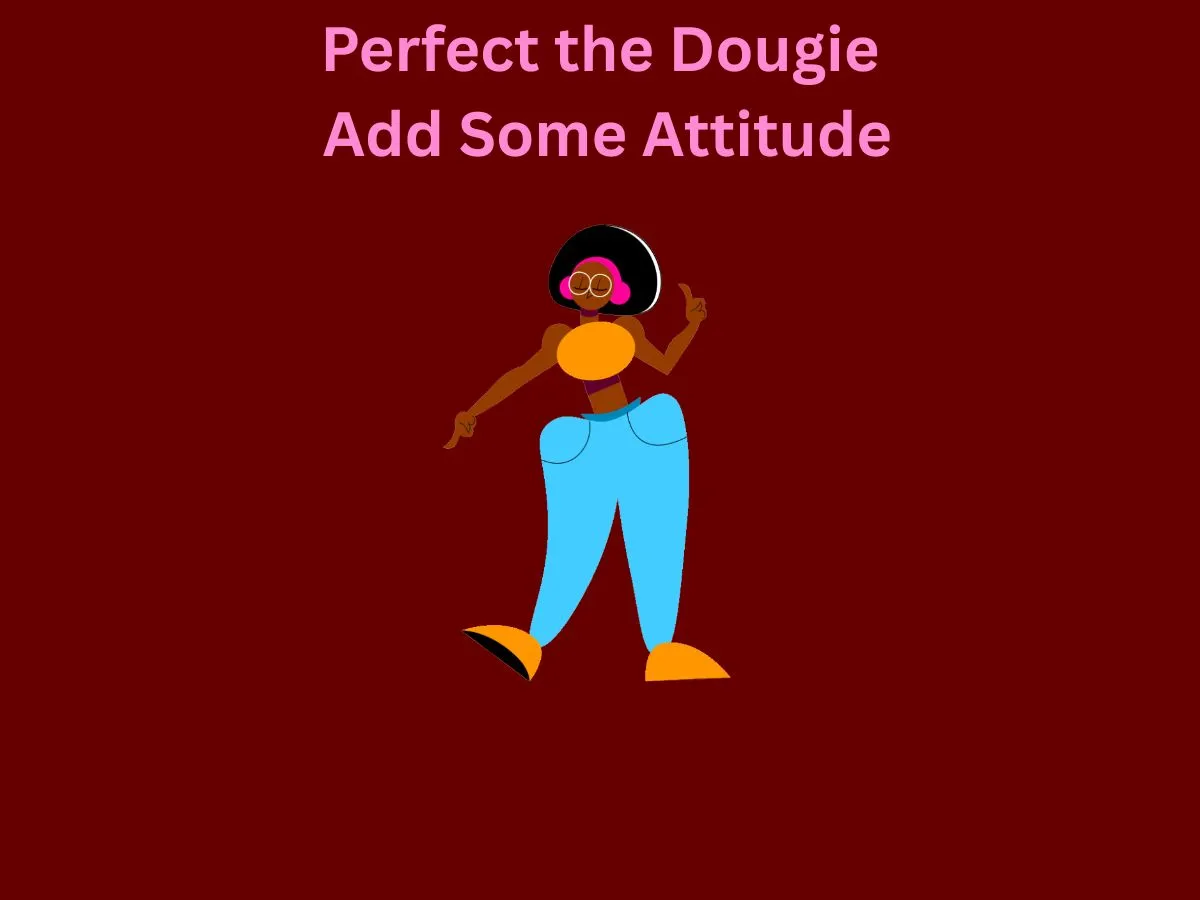
Perfect the Dougie: Add Attitude to Your Moves
The dougie is a fun and stylish move that adds attitude to your dance routine. It involves swaying your hips and brushing your hand over your head in a smooth, rhythmic motion. Start by bending your knees slightly and swaying your hips to the left and right. Add a brush of your hand over your head to complete the move. The dougie is a great way to add flair and personality to your dance.
Once you’ve mastered the basic dougie, try adding your own style. Experiment with different arm movements or foot placements to make the move your own. You can also speed it up or slow it down to match the tempo of the music. The dougie is a versatile move that can be used in many different ways, from warming up to adding flair to your routine.
Practicing the dougie also helps improve your rhythm and coordination. It’s a move that requires you to stay in sync with the beat, making it a useful exercise for dancers of all levels. Whether you’re dancing alone or with a group, the dougie adds a fun and energetic element to your moves. It’s a simple yet effective way to enhance your dance skills.
CONCLUSION
You’ve got the moves, now it’s time to shine! Remember, practice makes perfect, so keep working on these steps every day to learn basic dance moves more confidently. Don’t be afraid to add your own flair and have fun with it. Dancing is all about expressing yourself and enjoying the rhythm.
If you hit a snag or want more tips, drop me a line at info@nandismedia.com. I’m here to help you groove your way to success. Now, get out there and show the world what you’ve learned!
FAQs:
How long should I practice each day?
Start with 15-30 minutes daily and gradually increase as you get comfortable.
Can I learn these moves without a partner?
Absolutely! Most of these moves can be practiced solo.
What if I feel uncoordinated at first?
It’s normal to feel clumsy initially. Keep practicing, and you’ll improve.
Do I need special shoes for dancing?
Comfortable shoes with smooth soles work best for most dance styles.
How can I improve my rhythm?
Listen to music often and practice moving to the beat, even when not dancing.
Can I combine different dance moves?
Yes! Mixing moves is a great way to create your own unique style.
What if I forget the steps during a dance?
Keep moving to the beat and improvise. Confidence is key!
How can I overcome shyness when dancing in public?
Start by practicing at home, then gradually dance in front of friends before moving to public spaces.
Are these moves suitable for all ages?
Yes, these basic moves can be adapted for dancers of all ages and fitness levels.
How often should I learn new moves?
Focus on mastering the basics first, then add new moves every few weeks as you feel comfortable.